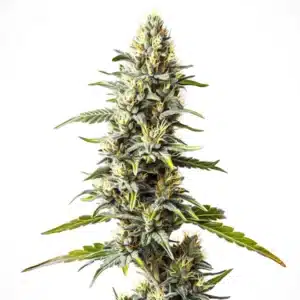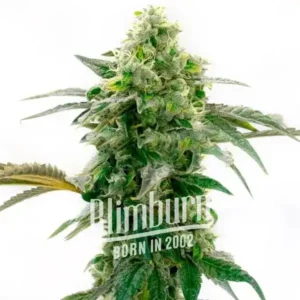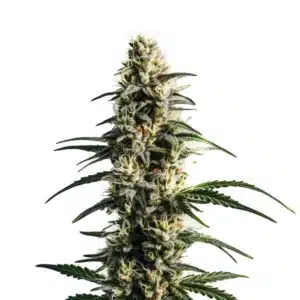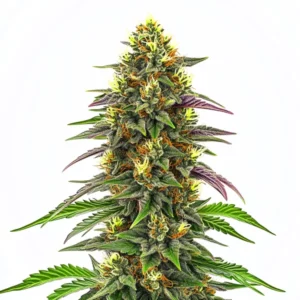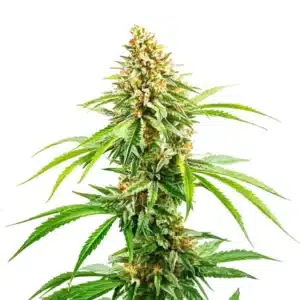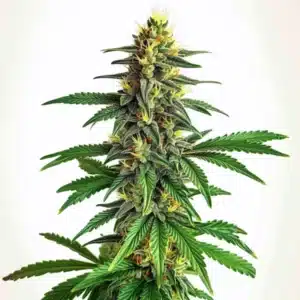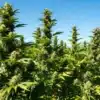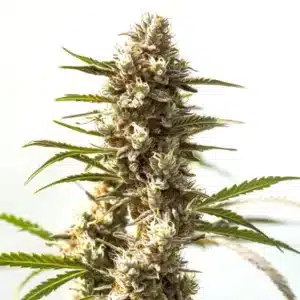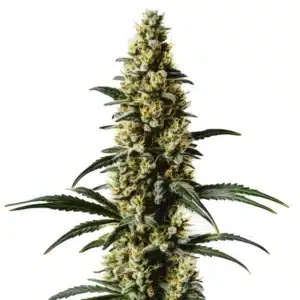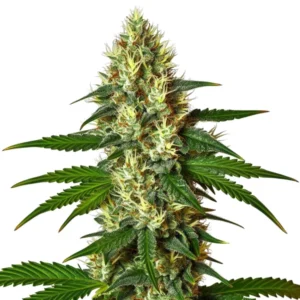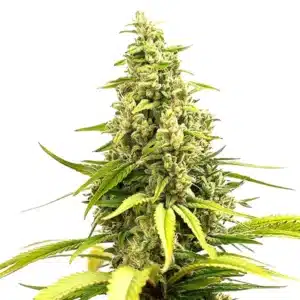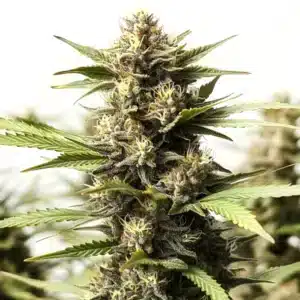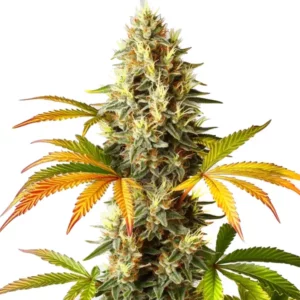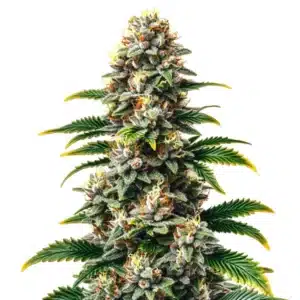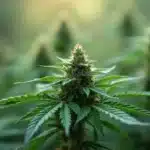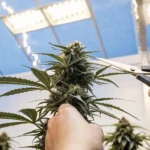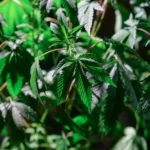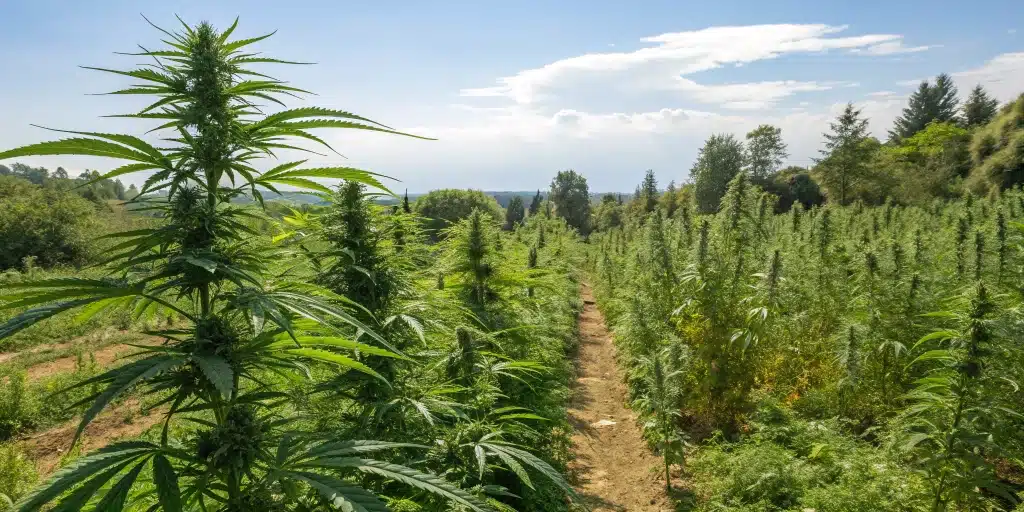
Master When to Stop Topping Outdoor Plants for Healthier Cannabis
Growth Stages and Topping Overview
Knowing Plant Development
Outdoor cannabis plants go through clear growth stages that show when they are ready for topping. At first, the young plants develop small leaves and sturdy stems. As they mature, they build a solid structure that supports more branches. Recognizing these stages is key so you know when to stop topping outdoor plants. When to stop topping outdoor plants becomes clear when you see the plants transitioning from vigorous vegetative growth to a slower, more stable phase.
The progress in plant development gives clues for making topping decisions. Look for signs such as thicker stems and a well-formed canopy. Each stage plays a part in deciding when to stop topping outdoor plants. Topping has benefits when done at the right time, as it redirects energy to multiple bud sites. Using simple observations.
Recommended Strains
Cream Caramel
|
|
THC | 19% - 24% (Medium) |
|
|
Type | Feminized |
|
|
Yield | Medium |
|
|
Phenotype | 90% Indica / 10% Sativa |
Cream Caramel Auto
|
|
THC | 19% - 24% (Medium) |
|
|
Type | Autoflowering |
|
|
Yield | Medium |
|
|
Phenotype | 80% Indica / 20% Sativa |
Topping Purpose and Benefits
Topping helps shape your plant to grow bushier and yield more buds. This process redirects growth hormones from the main stem to side branches. It is important for outdoor growers who want even canopy coverage. When to stop topping outdoor plants is essential to avoid over-stressing the plant. Proper topping can increase light penetration and air circulation. Each cut should be timed carefully so the plant recovers well and thrives through the flowering stage.
When to stop topping outdoor plants becomes a balancing act between encouraging growth and avoiding damage. The benefits include better bud formation and easier maintenance. By stopping topping at the right time, you protect the plant’s natural growth pattern. This balance ensures that each branch receives enough energy to produce quality buds. Growers who use the easiest techniques learn that knowing productive garden.
Promos & Deals
Signs That Indicate When to Stop Topping Outdoor Plants
Leaf and Branch Indicators
Outdoor plants show clear signs on their leaves and branches that help you decide when to stop topping. Look for a denser canopy and branches that start to show early buds. These signs indicate that the plant has reached a mature phase where further topping might limit yield. The natural structure of the plant suggests that it is ready to focus on bud development rather than more branching.
Regular observation is essential. Check that leaves have thickened and branches look well-developed. If the plant shows signs of stress or slowed growth, it may be time to stop topping outdoor plants. Rely on the natural appearance of healthy foliage as a signal. When the leaves and branches display maturity, you know the plant can now support a robust bud formation phase without additional topping.
Timing in the Growth Cycle
The growth cycle plays a major role in deciding when to stop topping outdoor plants. During the early vegetative phase, topping is common to stimulate bushiness. As plants approach the flowering phase, their energy shifts to forming buds rather than more leaves. When to stop topping outdoor plants is clear when the growth rate slows and the first signs of budding appear. Timing is everything; making the change at the right moment is key for optimal bud development.
Watch the calendar and the plant closely. A consistent schedule helps you predict the right moment. When to stop topping outdoor plants depends on both the plant’s maturity and seasonal cues. Outdoor conditions, like increasing daylight and mild temperatures, signal that the plant is moving into its next phase. Adjust your topping routine accordingly so that your plants can focus on a healthy and abundant flowering period.
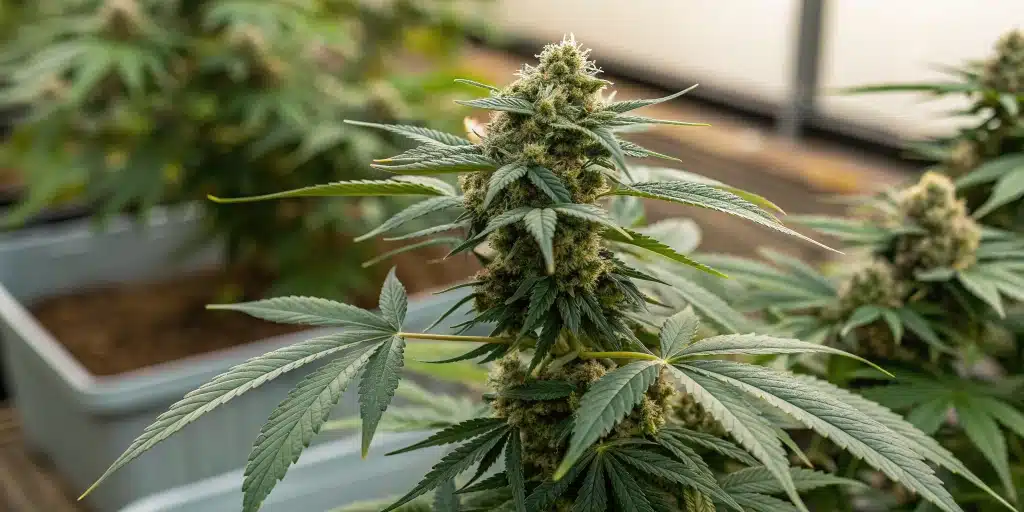
Environmental and Seasonal Factors Affecting When to stop topping outdoor plants
Impact of Weather Conditions
Weather has a big impact on outdoor cannabis growth and topping practices. When temperatures drop or unpredictable weather hits, it might be best to stop topping outdoor plants to protect them. Strong winds, heavy rains, and sudden temperature changes can stress the plant further if topping continues too late. When to stop topping outdoor plants is influenced by these conditions, as plants need time to stabilize before harsh weather sets in. Choosing the right time based on local weather patterns can make a significant difference in yield and plant health.
Keep an eye on local forecasts and adjust your practices accordingly. By halting topping before adverse conditions, you help your plants maintain strength and resilience. This proactive approach minimizes damage and ensures that the plants have a better chance to recover and develop robust buds. Monitoring weather trends is an essential step for every outdoor grower.
Seasonal Considerations for Outdoor Growth
Seasonal shifts play a vital part in determining when to stop topping outdoor plants. As summer ends and the days shorten, plants naturally slow down their growth. This change signals that it is time to stop topping outdoor plants. Seasonal cues such as cooler nights and reduced sunlight intensity indicate that the plant is ready to focus its energy on bud formation. Adjusting your topping schedule to match these seasonal changes can help optimize plant performance and yield.
Farmers and hobbyists alike notice that plants perform best when their topping schedule aligns with the natural rhythm of the season. Aligning your practices with nature’s clock ensures your garden remains healthy and productive as the season changes.
Adjusting Topping Techniques for Outdoor Cultivation: When to stop topping outdoor plants
Frequency of Topping
The frequency of topping is a key factor in successful outdoor cultivation. Over-topping can stress the plant, while under-topping might limit bud formation. It is important to find a balance. When to stop topping outdoor plants is partly determined by how many times you have already topped the plant. Regular, well-timed cuts are beneficial, but excessive topping can damage the plant’s ability to produce buds. Adjust your schedule based on plant feedback and environmental conditions to maintain a healthy balance.
Observing the plant’s response after each topping session is essential. When to stop topping outdoor plants is best decided when you notice the growth rate slowing down and the branches starting to thicken. This signals that the plant no longer needs additional topping to stimulate growth. Maintaining a measured approach will help ensure that the plant develops strong, productive branches for a quality harvest. Finding the right frequency is an art that every grower refines over time.
Best Practices and Techniques
Applying the best practices for topping outdoor plants can significantly boost your garden’s productivity. Use clean, sharp tools and make precise cuts to avoid unnecessary stress. Make sure each cut is deliberate and aimed at encouraging even growth. This measured approach helps the plant focus its energy on developing buds instead of excessive foliage.
Using proper techniques can prevent damage and promote healthy growth. Consistency in your methods, combined with careful observation, allows you to adjust your practices as needed. Implementing these best practices ensures that each topping session is beneficial, leading to a more robust, productive outdoor garden with minimal stress on the plant.
Post-Topping Care and Plant Recovery: When to stop topping outdoor plants
Monitoring Stress and Growth
After topping, careful observation of plant recovery is essential for success. Outdoor cannabis plants need time to bounce back from each topping session. When to stop topping outdoor plants becomes even more important during the recovery phase. Look for signs that the plant is handling stress well, such as steady new growth and healthy leaf development. Regular monitoring can help you identify if the plant needs extra care or if topping should be halted to allow full recovery.
Recovery is as important as the topping itself. When to stop topping outdoor plants must be decided with an eye on the plant’s resilience. Monitoring involves checking the overall health, leaf color, and branch thickness regularly. If the plant shows signs of stress or slow recovery, it might be time to ease off topping completely. This attentive approach helps ensure that the plant fully recovers and directs its energy towards bud formation and overall health.
Nutrient and Watering Strategies
Proper nutrient and watering strategies are vital for plant recovery after topping. Outdoor growers must adjust their watering schedules and nutrient mixes to support stressed plants. When to stop topping outdoor plants, care becomes focused on providing the right balance of water and nutrients to encourage recovery. Use a balanced fertilizer and maintain consistent watering without over-saturating the soil. This care helps the plant rebuild its strength and prepare for a healthy flowering stage.
A steady supply of essential nutrients supports robust regrowth. When to stop topping outdoor plants is a decision that works best when the plant receives the right care afterward. Monitor soil moisture and nutrient levels to ensure that the plant is not overwhelmed. Adjust your feeding routine gradually to match the plant’s needs during recovery. With proper watering and nutrient management, the plant can overcome topping stress and continue to grow vigorously.
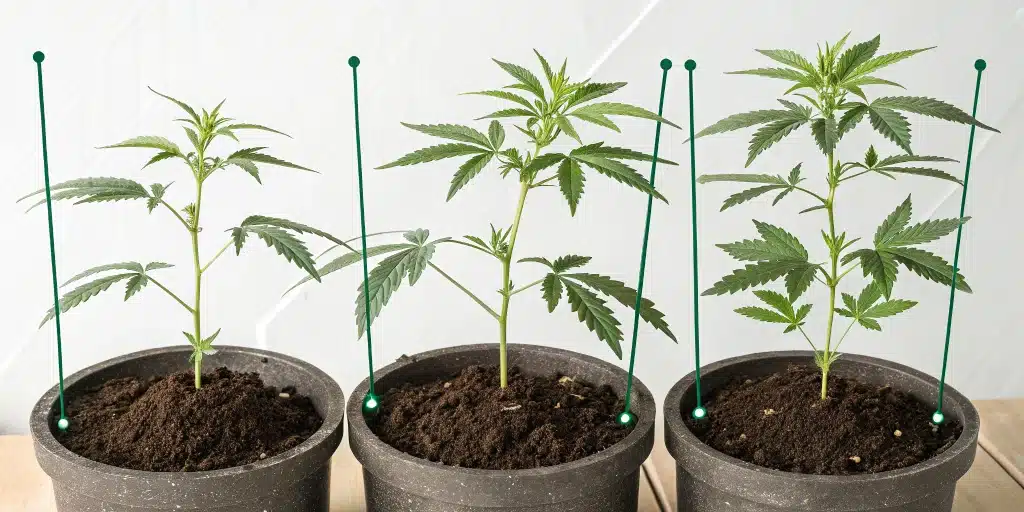
FAQs about When to stop topping outdoor plants
What are the key indicators that tell me when to stop topping outdoor plants?
When to stop topping outdoor plants becomes clear when the plant shows mature leaf structures and robust branch development. Signs include slowed growth and early bud formation. Observing these indicators helps you avoid over-topping. Regular checks reveal when further topping may stress the plant, allowing it to focus on bud production. Adjust your practices based on visual cues and seasonal shifts to keep the garden healthy and productive.
How can I manage topping frequency for outdoor cannabis plants?
Managing topping frequency is essential to ensure healthy growth. When to stop topping outdoor plants depends on how often you top them. Too frequent topping can stress the plant, while moderate topping encourages bushiness. Observe plant recovery and adjust your schedule accordingly. Regular maintenance and careful monitoring are key. By spacing out topping sessions and responding to the plant’s signals, you maintain a balance that promotes strong branch development and ultimately, a bountiful harvest in your outdoor garden.
What post-topping care practices support recovery in outdoor cannabis plants?
Post-topping care is critical for plant recovery. When to stop topping outdoor plants is best decided when the plant shows consistent recovery. Providing the right nutrients, proper watering, and careful monitoring of stress levels is vital. Support your plants with balanced feeding and stable moisture levels to help them regain strength. This supportive care ensures that each topping session leads to robust regrowth and a healthy transition into the flowering phase, maximizing yield and overall garden vitality.


